“The Only Method of Education Is Experience” (L.N. Tolstoy): Methods of Stimulating Free Literary Creativity (K.P. Spasskaya and K.B. Barkhin’s Methodology)
Author(s)
Elena S. Romanicheva, Candidate of Sciences (Pedagogy), Associate Professor, Leading Researcher of the Laboratory of Socio-Cultural Educational Practices Research Institute of Urban Studies and Global Education, https://orcid.org/0000-0003-2649-3715, Moscow Сity University
4 Vtoroy Selskohozyaystvenniy proezd, Moscow, 129226, tel: +7 (499) 1812462, This email address is being protected from spambots. You need JavaScript enabled to view it.
Abstract. In the introduction, the author turns to one of the most well-known articles by M.A. Rybnikova, compares what was said by the great methodologist to the current situation related to teaching essay writing, and concludes that this is one of the “eternal” topics for methodology: each generation of Russian methodologists seeks to address it in a way that is appropriate for the challenges of the times. The author posits that modern science’s attempt to solve this problem will prove futile if it fails to understand and incorporate the advancements made in this field during the 20-30s of the previous century.
Materials and methods. The materials for proving the thesis were primarily articles published in the journal, which became the predecessor of two methodological journals in 1936: “Russian Language at School” and “Literature at School”. Referring to these texts of methodologists of the 20-30s is not the author’s first attempt to actualize for the professional community the topic related to teaching creative writing. Based on the content analysis of a large array of publications, the author shows that the attention of methodologists of the 20-30s was focused not so much on essays based on what was read, as on those that can be attributed to the free creativity of students, i.e. built on the basis of personal experience and observations, as well as the activity of creative imagination. The author consistently demonstrates why teaching free-form essays was a response to the challenges of the time and the demand of the state, which prioritized the Soviet task of developing oral and written speech of schoolchildren.
Bibliography overview. The author’s literature review convinces that the innovative and original method of teaching creative works, developed by M.A. Rybnikova, was the result not only of generalizing her own experience, but the holistic methodological system created by her fit perfectly into the context of the search for new approaches, methods, and techniques of teaching creativity, which were undertaken by her fellow methodologists K.P. Spasskaya and K.B. Barkhin. So, K.P. Spasskaya, summarizing the existing experience of colleagues, including on the basis of their publications, grouped the methods of stimulating children’s creativity and briefly described them. This topic was developed in articles by K.B. Barkhin published in the 30s
Results. The results of the study were obtained based on the analysis of three articles by K.B. Barkhin, which the author identified as key. At the beginning of this part, the author of the article rightly noted that due to the unavailability of sources, methodologists-wordsmiths do not know well enough about the contribution of K.B. Barkhin (1879-1938) to the methodology of teaching creative works. The analysis of the articles by this methodologist allowed the author of the article to conclude that K.B. Barkhin significantly enriched and developed the methodological system of teaching creative works developed by M.A. Rybnikova: he also worked at the junction of two techniques, dealing with problems of speech development. The article offers an analysis of two articles by the scientist: “Culture of oral and written words” and “Methods of description”, where the methodologist offers a description of techniques that promote the development of observation, as well as various types of exercises that help the student formalize their impressions in the word; in other words, Barkhin shows how a student can be taught to create their own text. The peculiarity of these exercises is that their execution allows the student to link work on their own text and reading the program text. If Rybnikova proposed the path “from a small writer to a big reader,” the methodologist, her contemporary, builds his system of exercises on peculiar shuttle moves: from writing to reading and from reading to writing.
Conclusion. In conclusion, the author states that the system of incentives for children’s literary creativity and the methods of teaching creativity developed by the predecessor methodologists, embodied in a system of exercises, should be updated and based on the domestic methodology, and the articles of the methodologists of the 20-30s are commented and prepared for publication. Their material will significantly enrich the tools of modern speech teaching methods.
Keywords: development of oral and written speech, creative works, free creativity, content analysis of an array of methodological articles, K.P. Spasskaya, K.B. Barkhin, methods of stimulating literary creativity, creative exercises
For citation: Romanicheva E.S. “The Only Method of Education Is Experience” (L.N. Tolstoy): Methods of Stimulating Free Literary Creativity (K.P. Spasskaya and K.B. Barkhin’s Methodology). Pedagogicheskiy IMIDZH = Pedagogical IMAGE. 2024; 18 (3): pp. 319-332 (In Rus.). DOI: https://doi.org/10.32343/2409-5052-2024-18-3-319-332
DOI: https://doi.org/10.32343/2409-5052-2024-18-3-319-332
UDС: 371.322
The article was submitted to the editorial office on 30.06.2024, approved after review on 15.07.2024, and accepted for publication on 20.07.2024.






